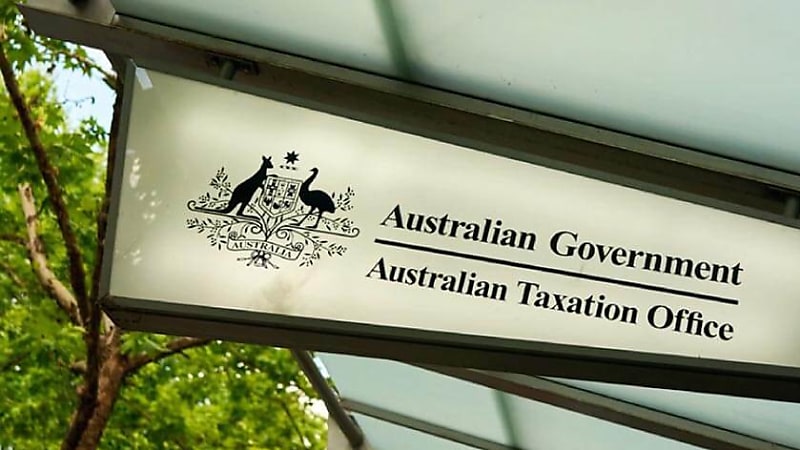ATO releases audit guidance for SMSF trustees
The ATO has released guidance on the evidence that approved SMSF auditors must obtain to meet compliance standards.
The regulator stated that when conducting the annual statement and annual compliance audit of a self-managed super fund (SMSF), approved SMSF auditors must obtain sufficient appropriate audit evidence that firstly, the fund has ownership of its assets (Part A Report requirements) and secondly, trustees are complying with the “separation of asset” rules in the super laws (Part B Report requirements).
Evidence required to satisfy the condition that the fund has over the ownership of its assets requires an approved auditor to conduct the annual financial audit of an SMSF, and provide an opinion about whether the financial statements fairly represent the fund’s financial position and are free from material misstatement.
The auditor needs to use the rights and obligations assertion (whether the fund holds or controls the rights to assets) to comply with Australian Auditing Standards.
It continued that how an asset is held and titled is relevant when determining whether an SMSF owns the asset and whether it is being held beneficially by the trustees on behalf of the fund.
In regard to reporting requirements, the Australian Taxation Office (ATO) stated that if an auditor forms the view that an asset is not a fund asset, or there is not sufficient appropriate audit evidence to support the ownership of fund assets, they must modify Part A of the SMSF independent auditor’s report (SMSF IAR) (by providing a qualified or adverse opinion).
An auditor can also report the issue via an auditor/actuary contravention report (ACR) at Section G.
“You should consider whether the situation gives rise to other contraventions under the Superannuation Industry (Supervision) Act 1993 (SISA) or Superannuation Industry (Supervision) Regulations 1994 (SISR),” the guidelines said.
“You should also bring the issue to the attention of the SMSF trustees in a management letter so they can address it.”
When conducting the annual compliance audit of an SMSF, the ATO states that an auditor must obtain sufficient appropriate audit evidence to form an opinion on whether the fund has complied with regulation 4.09A.
Regulation 4.09A of the SISR requires trustees of SMSFs to keep the money and other assets of the fund separate from those held by the trustees personally, or by a standard employer-sponsor or their associates.
This is a prescribed operating standard all trustees must comply with for the purposes of section 31 of the SISA. This means it applies equally to individual trustees and corporate trustees. Both types of trustees can hold assets in their personal capacity for the purposes of applying regulation 4.09A.
The requirement to keep funds and personal assets separate is also reflected in the trustee covenant in paragraph 52B(2)(d) of the SISA.
These rules aim to protect fund assets in the event of a creditor dispute and prevent costly legal action to prove who owns them.
The way an asset is held and titled is relevant to determining whether regulation 4.09A has been complied with.
The guidelines also set out the evidence required for ownership and separation of assets, stating that for SMSF trustees to comply with their obligations under the SISA and SISR and help protect the fund’s assets, they should ensure assets are recorded in a way that distinguishes them from the trustees’ personal or business assets and clearly show legal ownership of the assets by the fund.
A separate bank account must also be maintained for the SMSF.
- Where possible, fund assets should be held in the name of the:
- Individual trustees “as trustees for” the fund (for example, Jack and Jill Smith as trustees for the Smith SMSF); or
- Corporate trustee “as trustee for” the fund (for example, Smith Pty Ltd as trustee for the Smith SMSF).
However, there may be situations where it is not possible for assets to be held in the name of the trustees “as trustee for” the fund. This may occur, for example, because of the:
- State or territory laws.
- Type of asset.
- Ownership documentation for purchasing assets.
- System that records asset ownership or account used to purchase assets.


